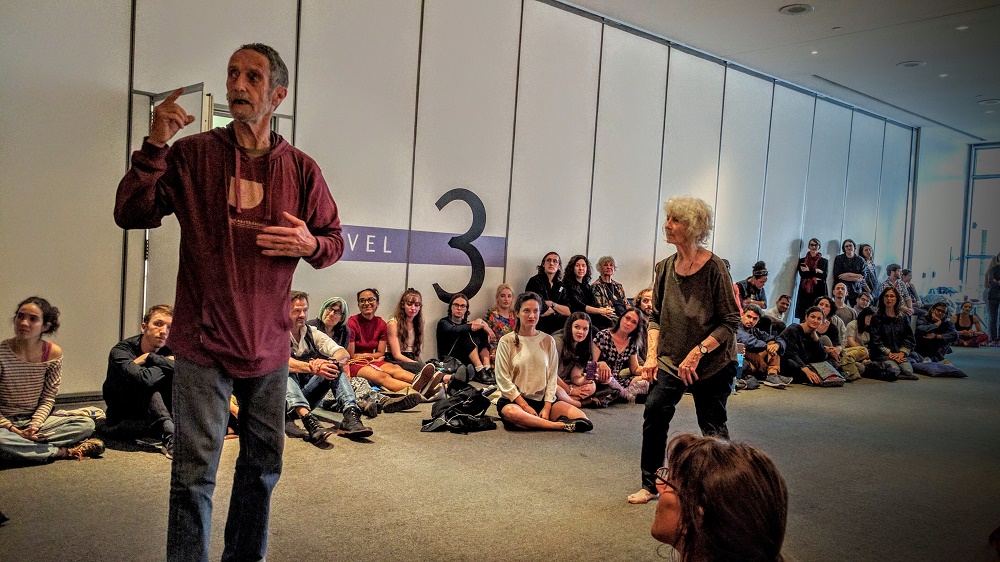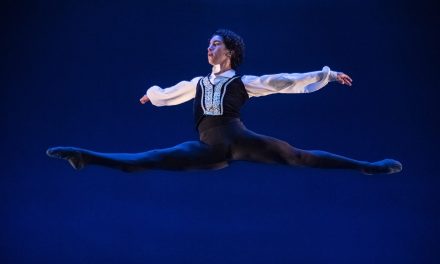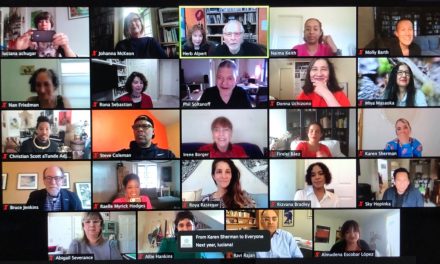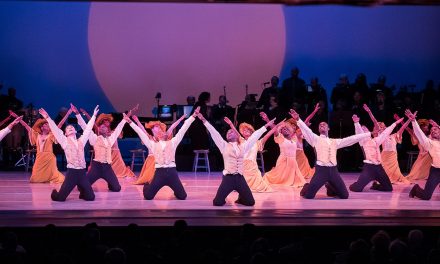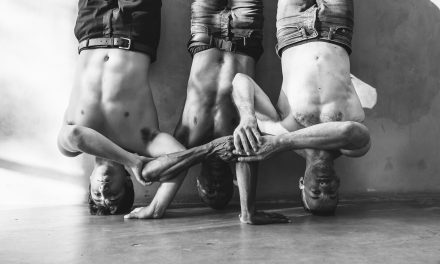Steve Paxton’s solo Bound (1982) opened last night at REDCAT and was performed by Slovenian born dancer Jurij Konjar. Before the performance, however, there was a pre-performance conversation with Paxton and postmodern artist, dancer, choreographer and writer Simone Forti. As a colleague later stated, “What a dance history treat!” Paxton is 77 years old and Forti is 81. The two met in New York around 1960 and have been close friends ever since. Forti called Paxton her “Compost Guru” but also stated that they had never danced together. Well, they did so on this night! Wearing cordless mikes, they talked about how they met, what each did while working in New York and since leaving that city. While speaking they improvised walking, touching, crawling and 81 year old Forti even took off into a full run and leaping through the REDCAP lobby where this astonishing and historic event took place. They talked about Merce Cunningham, Tai Chi and yes, the benefits of composting. Throughout the hour it became clear that these two really care about and respect each other as friends and as artists.
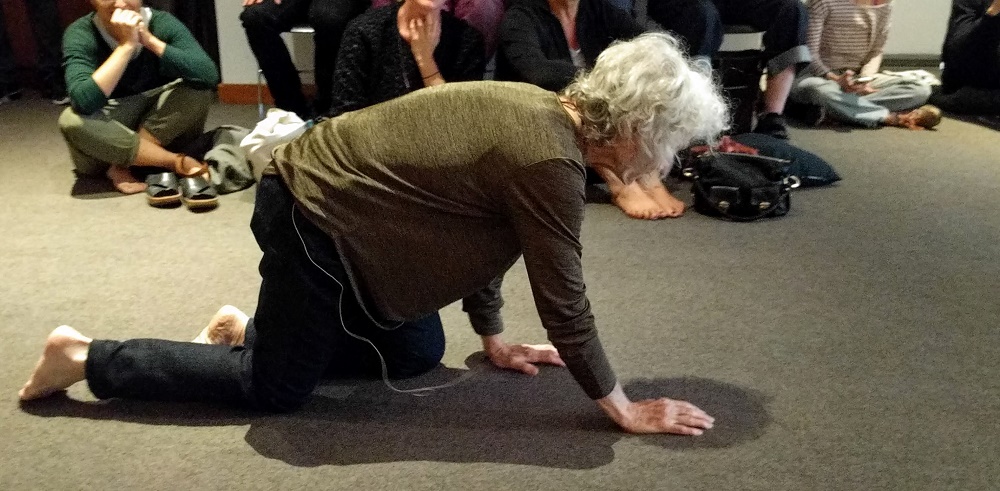
Simone Forti – Photo by Roger Martin Holman
Steve Paxton began his dancing career performing with the José Limón Dance Company (1960) and he was a member of the Merce Cunningham Company from 1961 through 1964. He later became a founding member of both the Judson Dance Theater (1962) and the group Grand Union (1970) in New York. What Paxton is best known for, however, is his invention of Contact Improvisation; a dance and choreography technique that rapidly became popular nationally and internationally.
Simone Forti has exhibited, performed and taught workshops worldwide, including performances at the Louvre in Paris, the Museum of Modern Art (MOMA) in New York, and at the J. Paul Getty Museum in LA. Her seminal 1961 body of work titled Dance Constructions and the early Fluxus movement have influenced such artists as Yvonne Rainer and the Judson Dance Theater in New York. She is currently represented by The Box L.A. in Los Angeles and has works in the permanent collections at MOMA in New York, the Stedelijk Museum in Amsterdam and others.
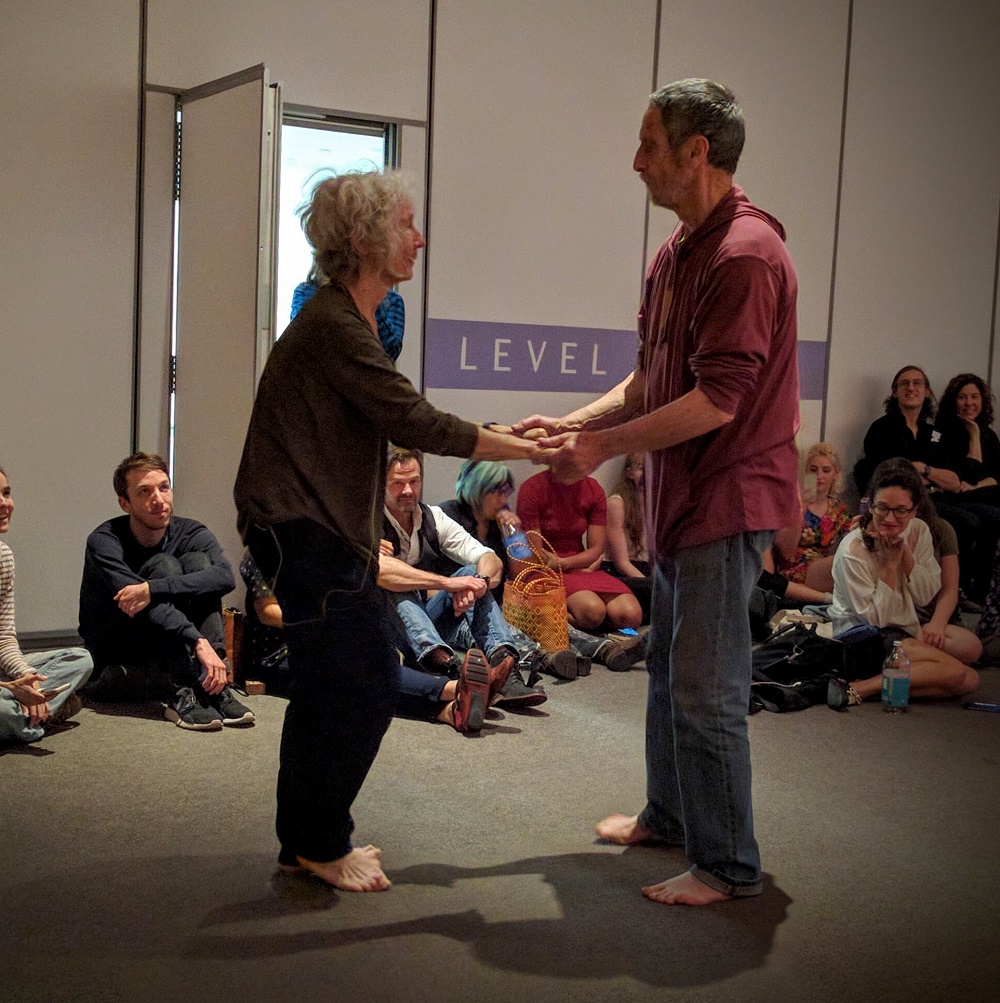
Simone Forti and Steve Paxton – Photo by Roger Martin Holman
These two avant-garde legends told wonderful stories about what lead them to become dancers and dance artists. They spoke of a few of their favorite teachers of dance and Tai Chi, and there was a wonderful exchange questioning why Tai Chi was used as a Marshall Art. Paxton also gave one of the best explanations about working with Merce Cunningham that I have ever heard.
He was talking about a performance of the Cunningham Company that he attended in 1986 during which his body recognized certain dance steps from Cunningham’s Suite For Five (1956), and he remembered Merce’s instructions, such as they were, to “Just do the step. Don’t interpret it, don’t think about it……So this feeling of doing it was one of trying to be empty of anything extra. Trying to be empty and hoping that one was empty enough.” He went on to say that, for him, Suite For Five had that feeling of “I’m not here.”
Forti said that she was thinking of photographs of Cunningham and that “perhaps he trained his dancers not to be there, but when he danced he was THERE!” Paxton said the last three words in unison with her.
They made us laugh. During one exchange Forti made a physical move toward Paxton.
“See, if I had done Contact I would have known what to do. I would have rolled my weight into your center.” She said rolling her body against his.
“I don’t think they’re doing that anymore Simone.” Paxton responded. “I think that’s the old style.”
“What are they doing now?” She asked.
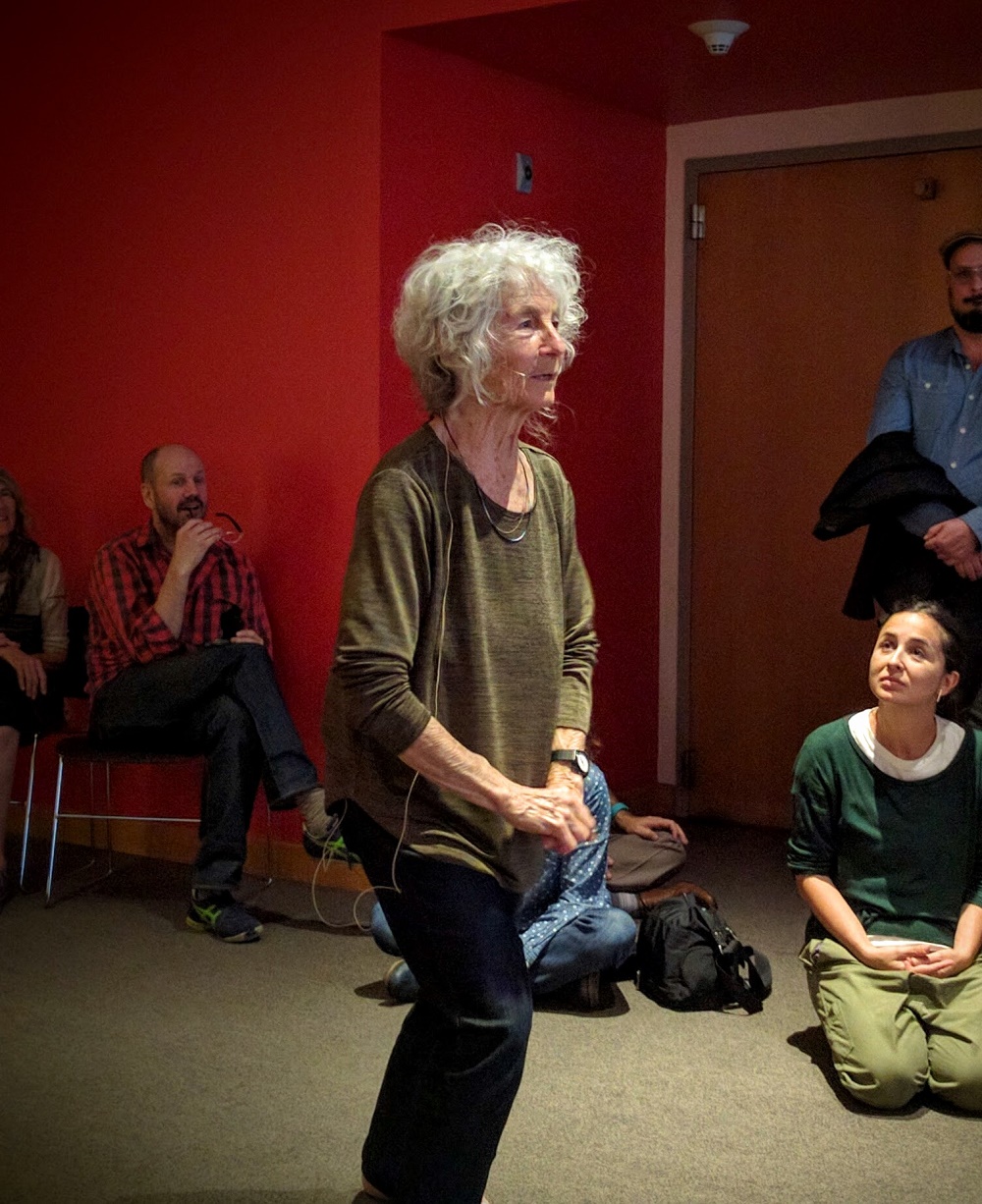
Simone Forti – Photo by Roger Martin Holman
“I don’t know what they’re doing now.” Said the inventor of Contact. “It’s hard to keep up with it.”
“Well,” added Forti. “I’ve got a 1998 car.” After a movement or two Paxton responded with, “I’ve got a 1939 body.”
At one point Paxton was talking about a solo that he made in 1986 when Forti interrupted to ask if he could perform some of that solo now. After a pregnant pause, Paxton responded with “Can you play the Goldberg Variations?” “As best I can.” Forti said moving her hands and fingers over an imaginary keyboard.
Years dropped away from Paxton’s body as he did indeed dance a few movements of his solo. Forti responded by performing a very brief solo that she choreographed in or around 1954; or by the use of her impeccable comedic timing made us laugh by simply saying, “Circa” to clarify that she wasn’t really certain of the date that she first performed it.
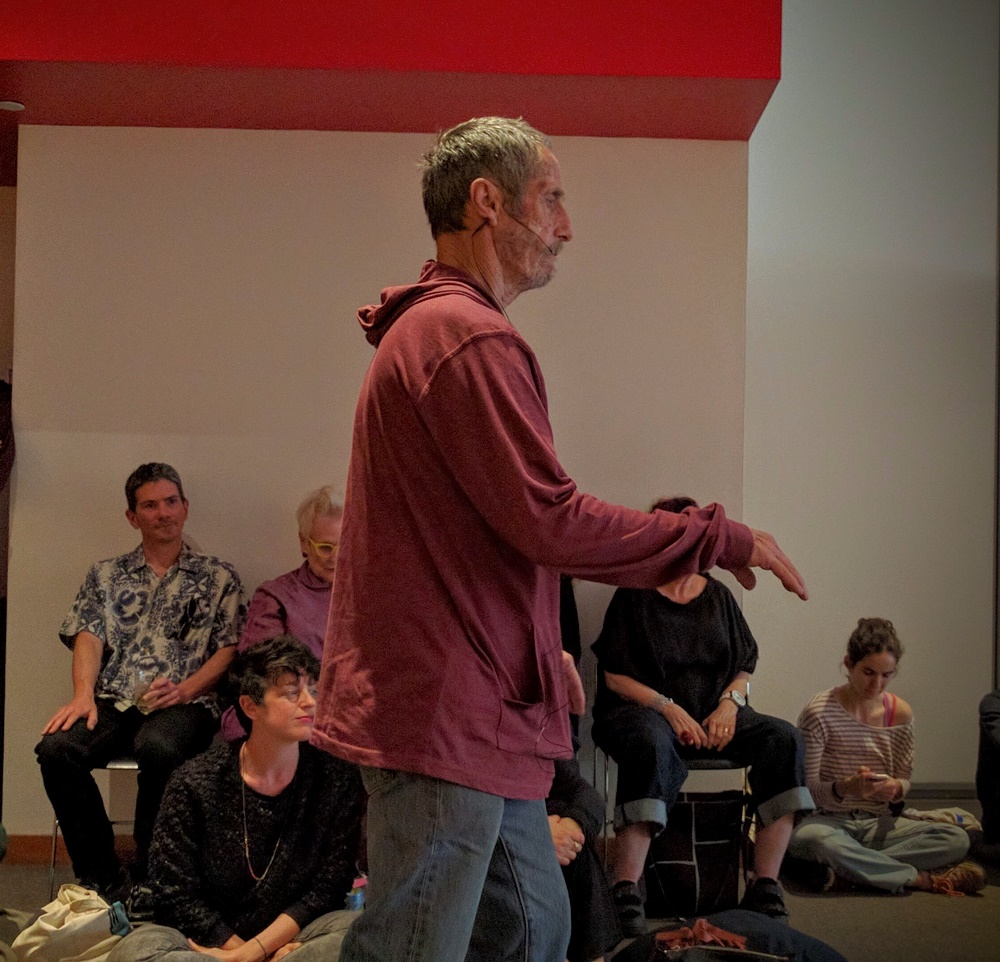
Steve Paxton – Photo by Roger Martin Holman
As someone who lived and worked in New York during the late 1960s and all of the 1970s, these two took me back to that era. I saw them perform at the Judson Church in New York’s Washington Square. I was there during the Judson Dance Theater and the Grand Union’s period of popularity. This event truly was an hour of living Dance History for those in attendance. There were several students from CalArts there who seemed transfixed on and in awe of these two “living legends”. There were other dancers of my generation in attendance who were also transported back in time and who acknowledge the influence that these two artist had on our lives and work.
It was one of those performances that will never happen again or, if it does, it could never be replicated exactly as we witnessed it. Fortunately for posterity, the event was videotaped and I felt honored to be there.

